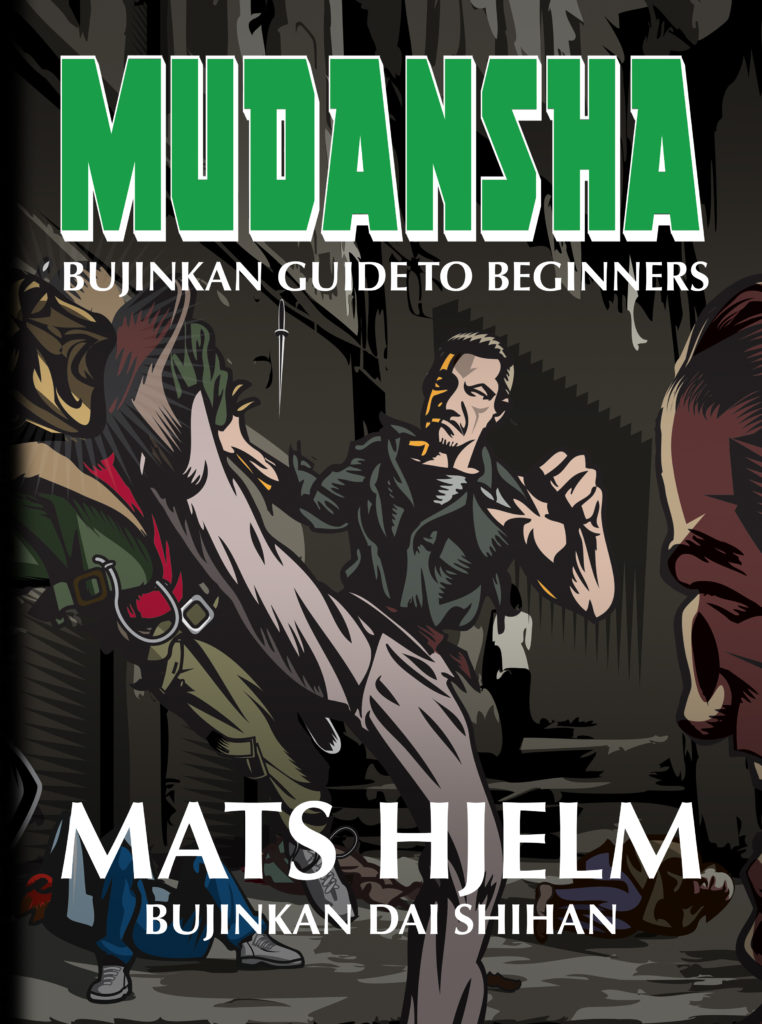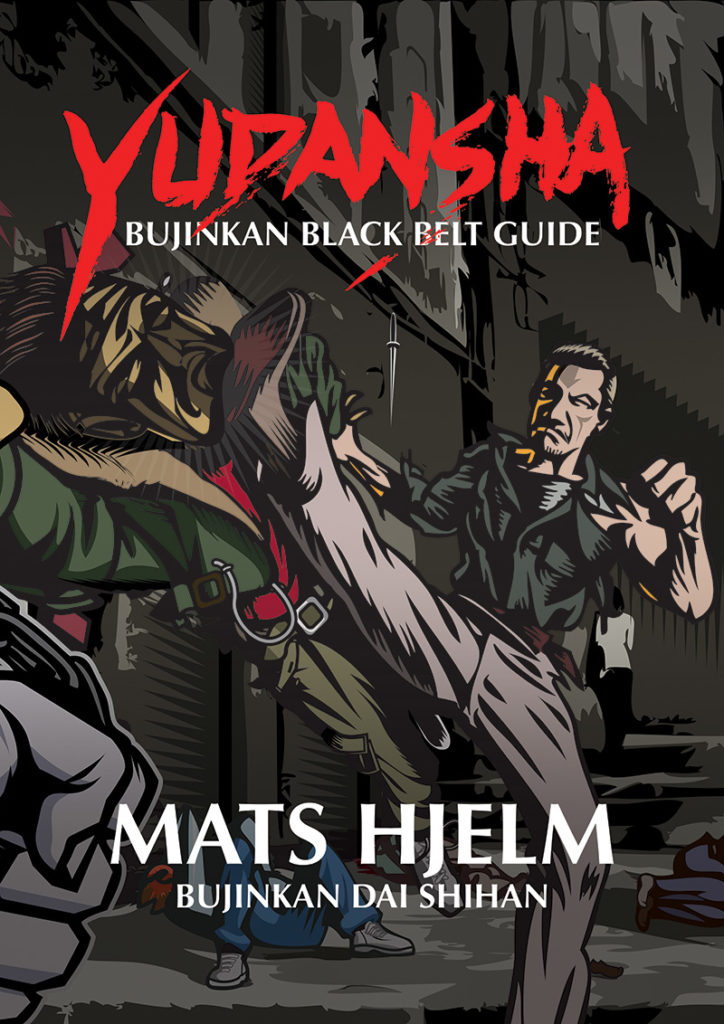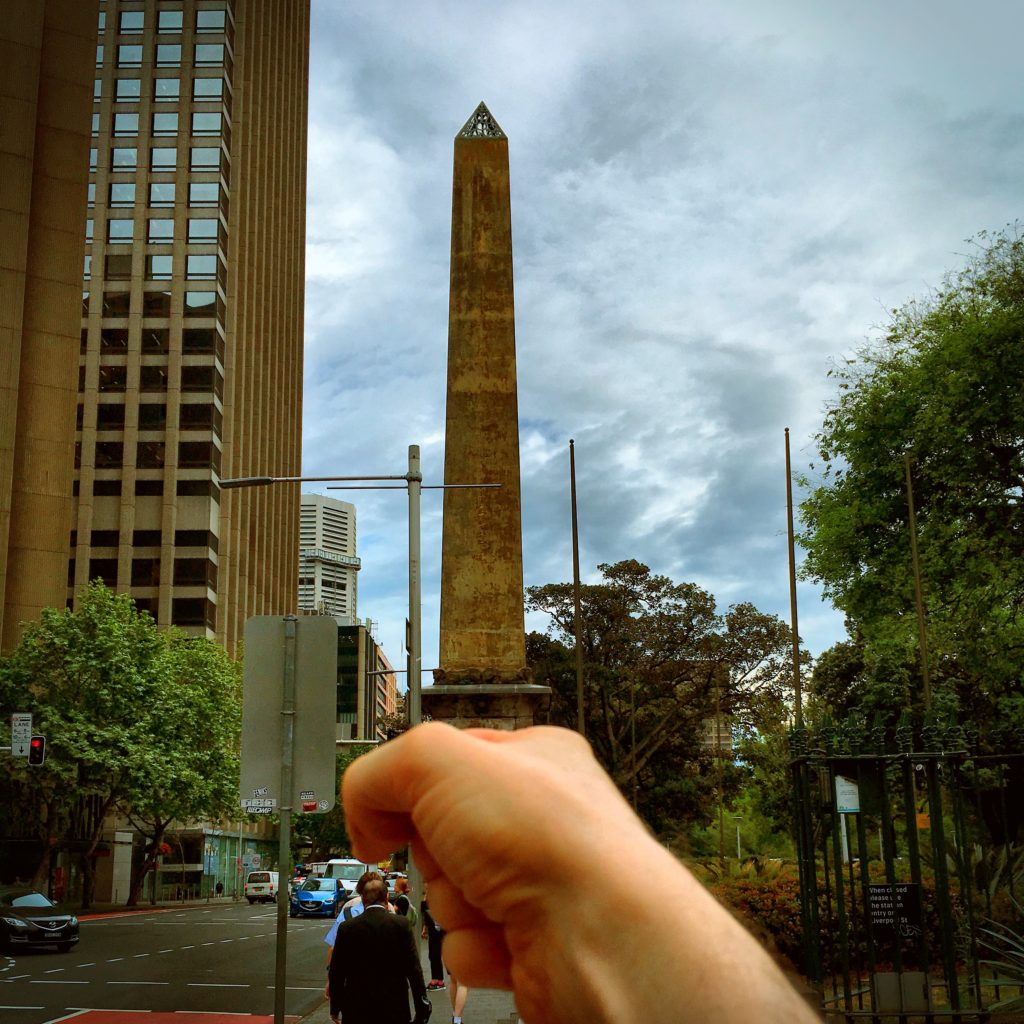STICK FIGHTING, traditional self defence techniques with MATS HJELM
From Budoshop.se by BUDOSHOP.SE
Stick Fighting, traditional self defence techniques is a follow up on the old Stick Fighting, Techniques for Self Defence video released 9 years ago. This video cover the traditional aspect of Stick Fighting.
On this video Mats show all 16 Hanbō techniques from the nearly 700 year old school Kukishin-ryū in the Bujinkan system. In the first level there is nine techniques against someone armed with a short sword or knife. The second and third levels is against someone armed with a sword. The instructions are in English.
This video was recorded at a seminar done by Mats Hjelm in Tallinn, Estonia in February 25-26’th 2020. The seminar was organised by Bujinkan Estonia.
The standard 48 minute video shows all 16 basic techniques.
HD1280x720 903,3Mb
The extended 100 minute video with additional variations and explanations.
HD1280x720 1,85Gb
九鬼神流半棒術
KUKISHIN-RYÛ HANBŌJUTSU
Here is an outline of all the stick fighting techniques in this school which was taught at this seminar.
三心之構 SANSHIN NO KAMAE
1. 無念無想之構 MUNENMUSO NO KAMAE
2. 型破之構 KATAYABURI NO KAMAE
3. 音無之構 ŌTONASHI NO KAMAE
初傅 SHODEN
1. 片手折 KATATE UCHI
2. 突落 TSUKI OTOSHI
3. 打技 UCHI WAZA
4. 流捕 NAGARE DORI
5. 霞掛 KASUMI GAKE
6. 行違 IKI CHIGAE
7. 顔砕 KAO KUDAKI
8. 当返 ATE GAESHI
9. 逆落 SAKA OTOSHI
中傅 CHŪDEN
1. 小手返 KOTE GAESHI
2. 逆落 SAKA OTOSHI
3. 払技 HARAI WAZA
4. 外技 SOTO WAZA
奧傅 ŌKUDEN
1. 飛落 HANE OTOSHI
2. 股掛 MATA GAKE
3. 小手払 KOTE HARAI

The standard 48 minute video shows all 16 basic techniques.
HD1280x720 903,3Mb
The extended 100 minute video with additional variations and explanations.
HD1280x720 1,85Gb
Bonus stick fighting video
At the last hour on the last day we finished off the training where the participants showed a Taijutsu technique of their choice, and Mats showed how the technique could be done with the Hanbo (stick fighting). This footage is not included in any of the download videos, it is only available at our Bitchute channel (download it for free from there). Create an account on Bitchute and subscribe to our channel.
About the instructor
Mats Hjelm started training in Bujinkan for the first time around 1983, but it wasn’t until 1986 he had the opportunity to start training more seriously under a Shidōshi. He has taught at numerous seminars all around the world, gone to Japan 3-5 times every year. Since he started training he never had a training break. He takes his budo training very seriously! If you want to sponsor a seminar or course, please don’t hesitate to contact him. For more information see his web site kesshi.com or come and train with him at Kaigozan Dojo.…


 武神館無段者の案内所
武神館無段者の案内所
 武神館有段者の案内所
武神館有段者の案内所


 Inari is a popular deity with shrines and Buddhist temples located throughout most of Japan. According to a 2007 report from Kokugakuin University, 2970 shrines are dedicated to Inari.
Inari is a popular deity with shrines and Buddhist temples located throughout most of Japan. According to a 2007 report from Kokugakuin University, 2970 shrines are dedicated to Inari.
